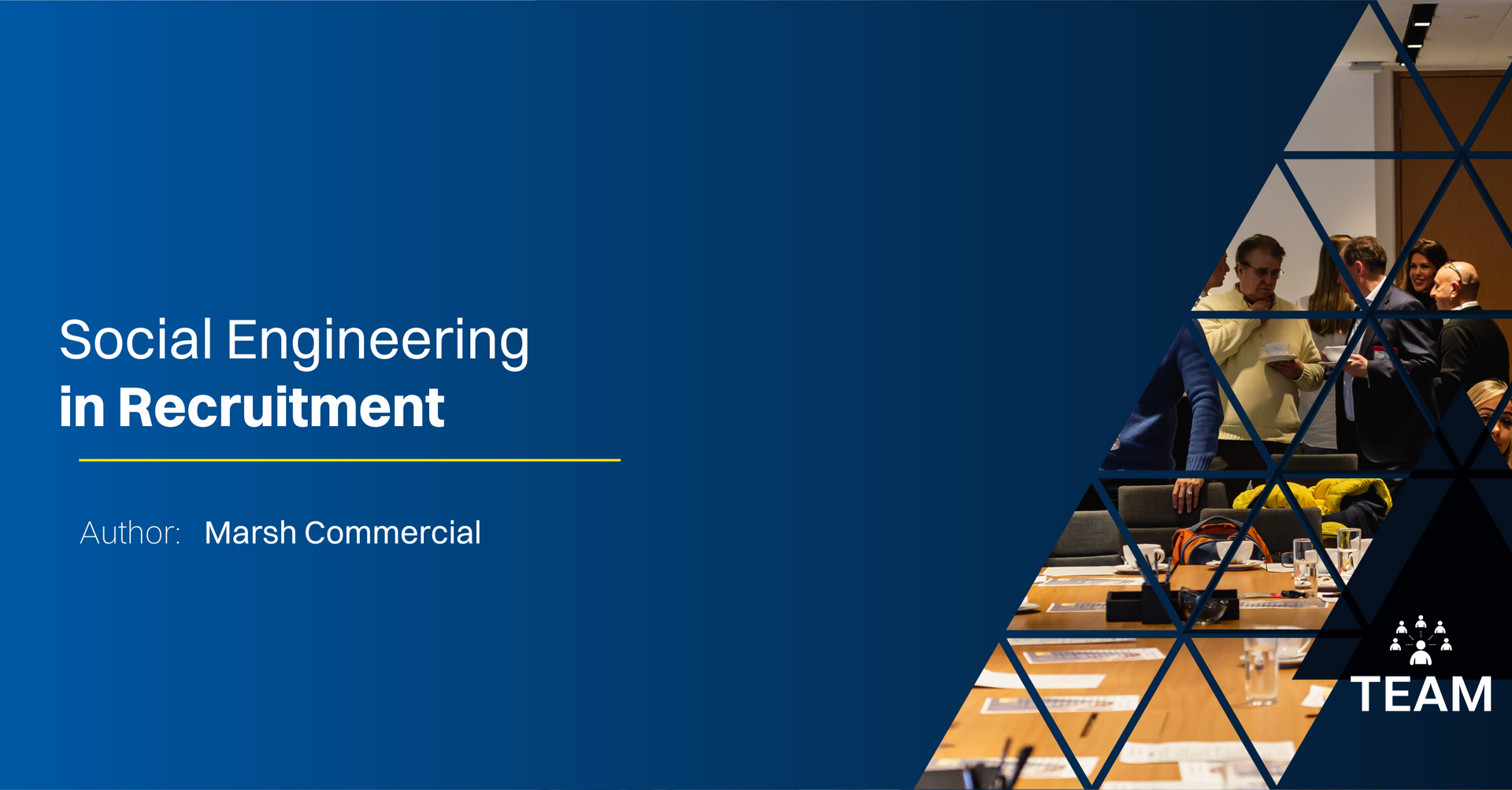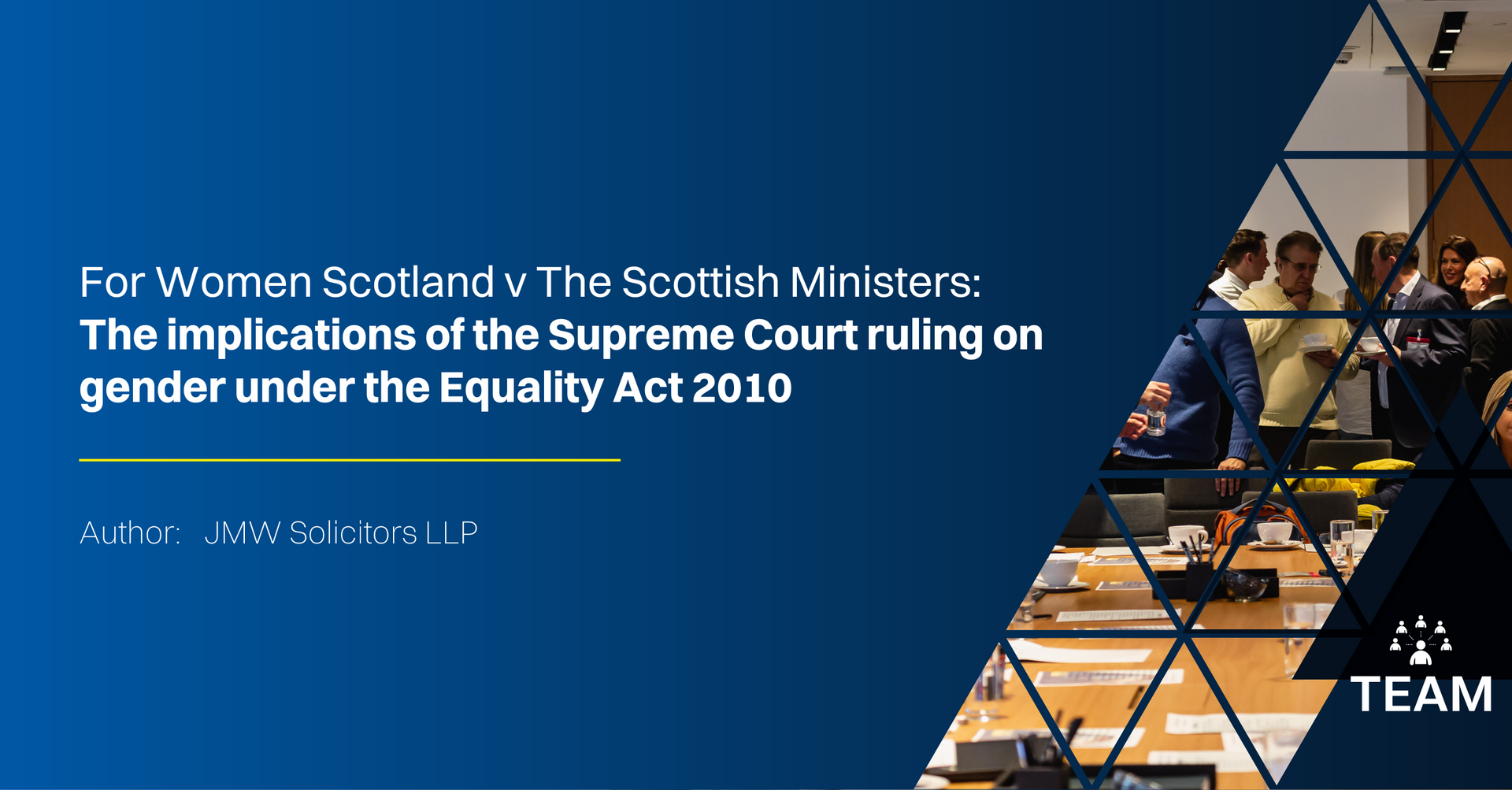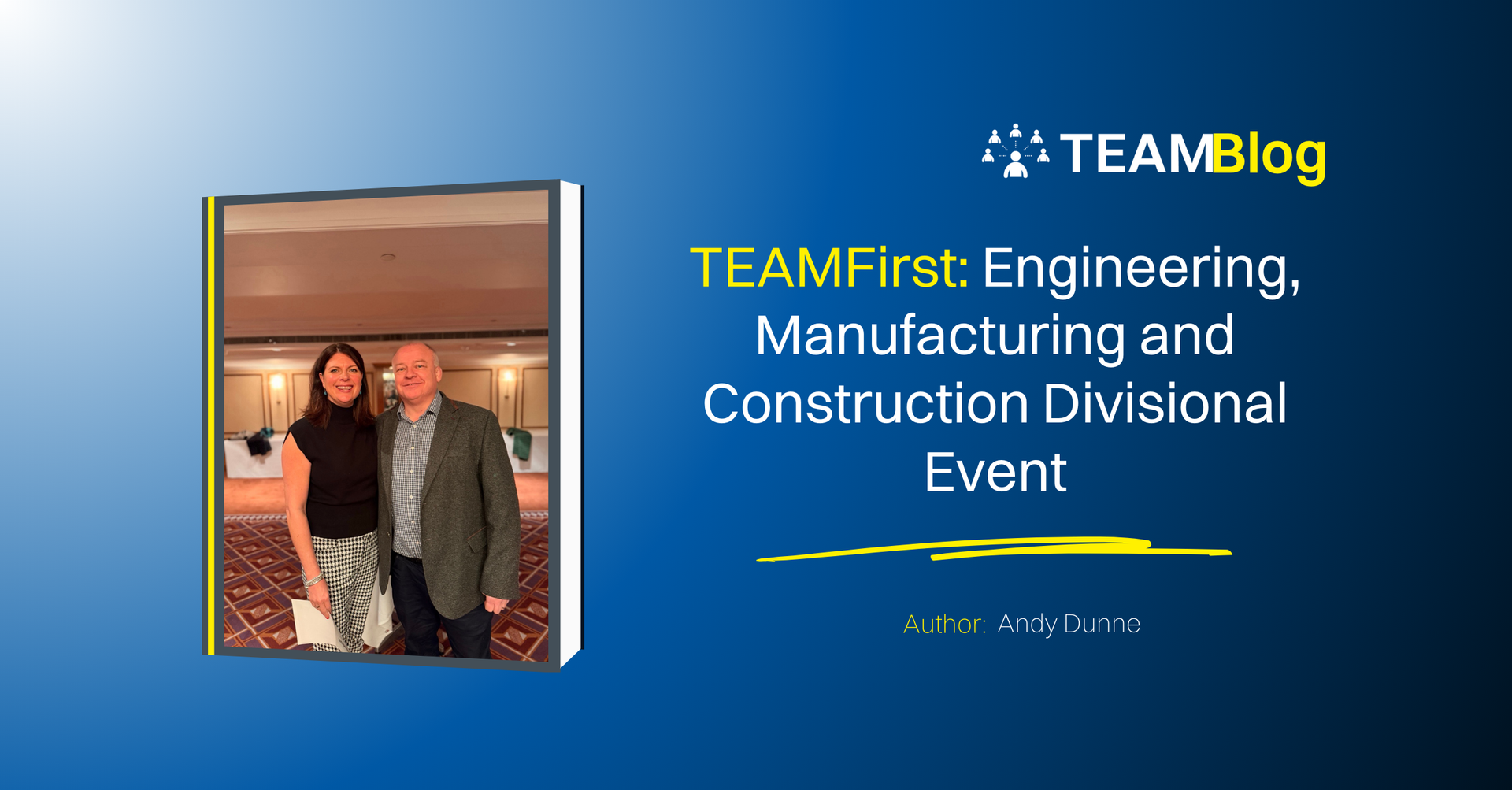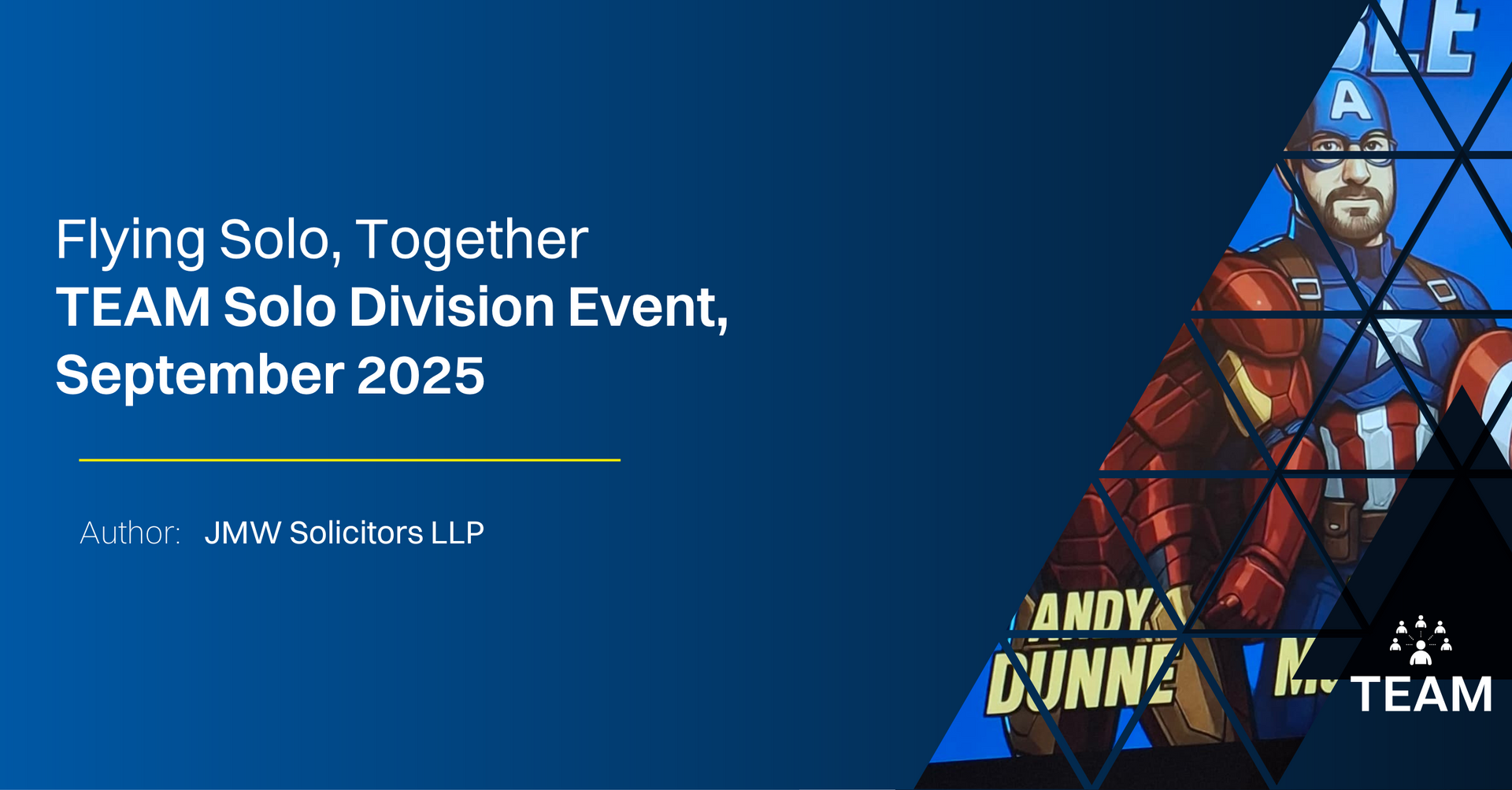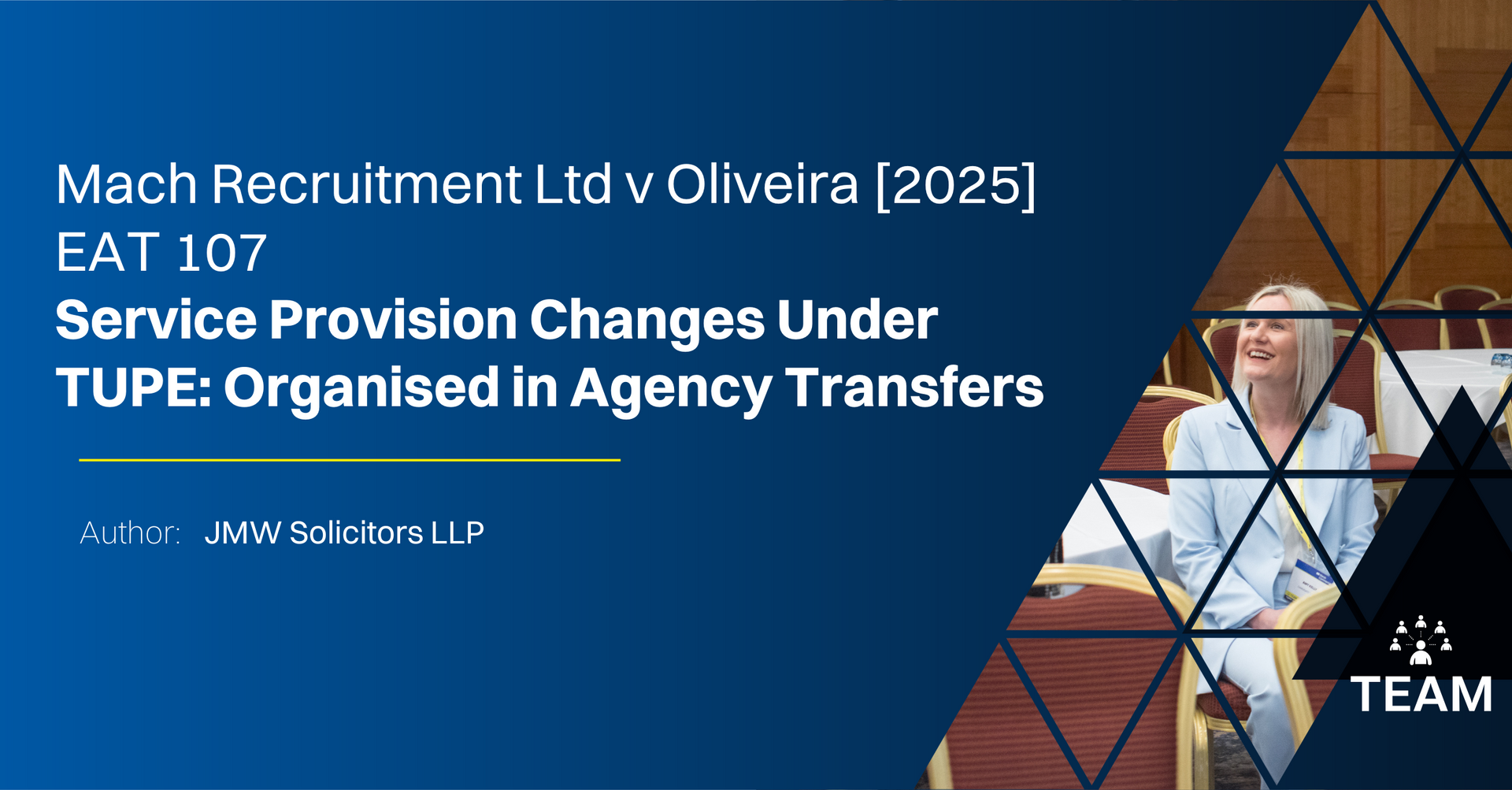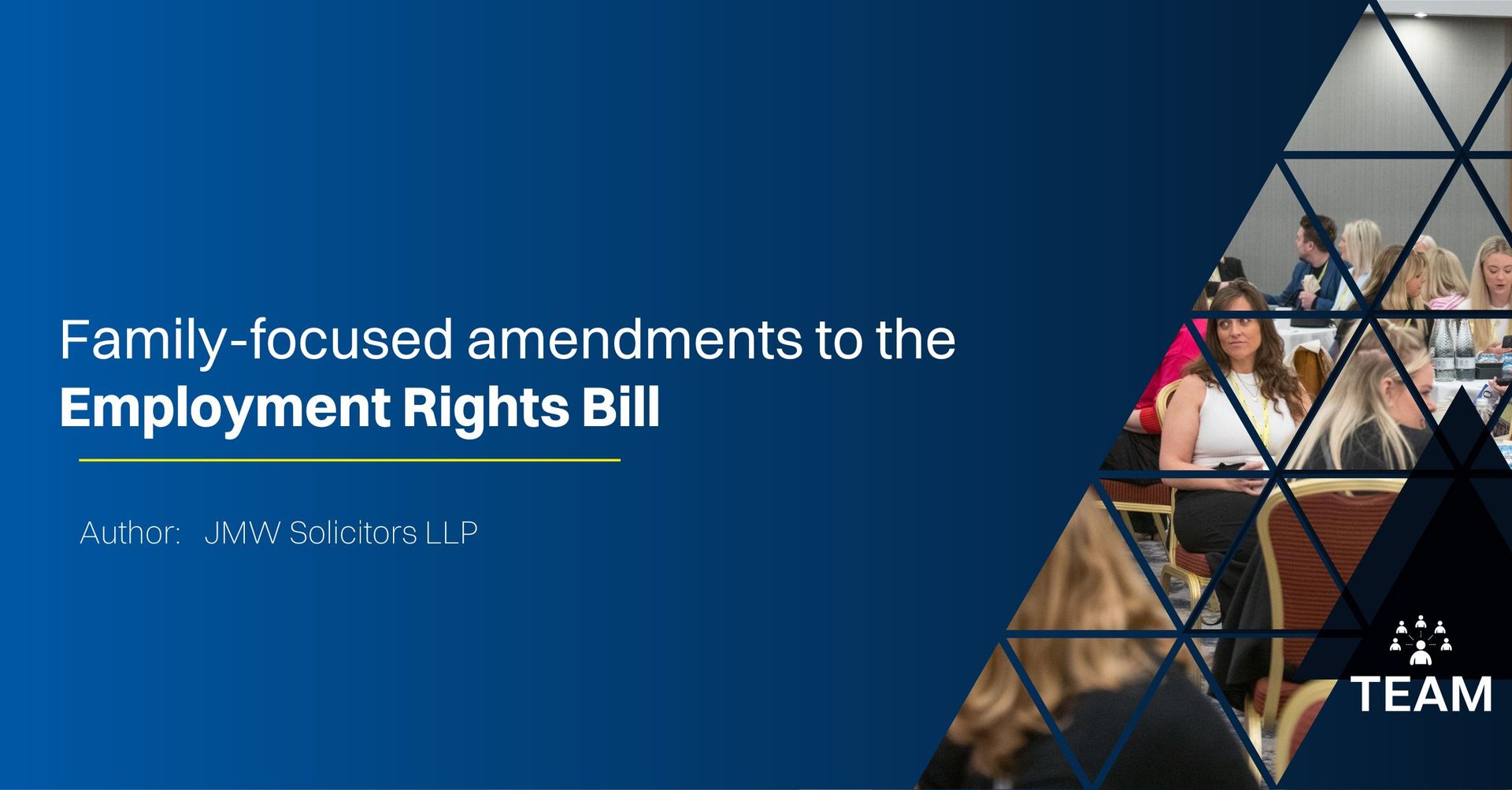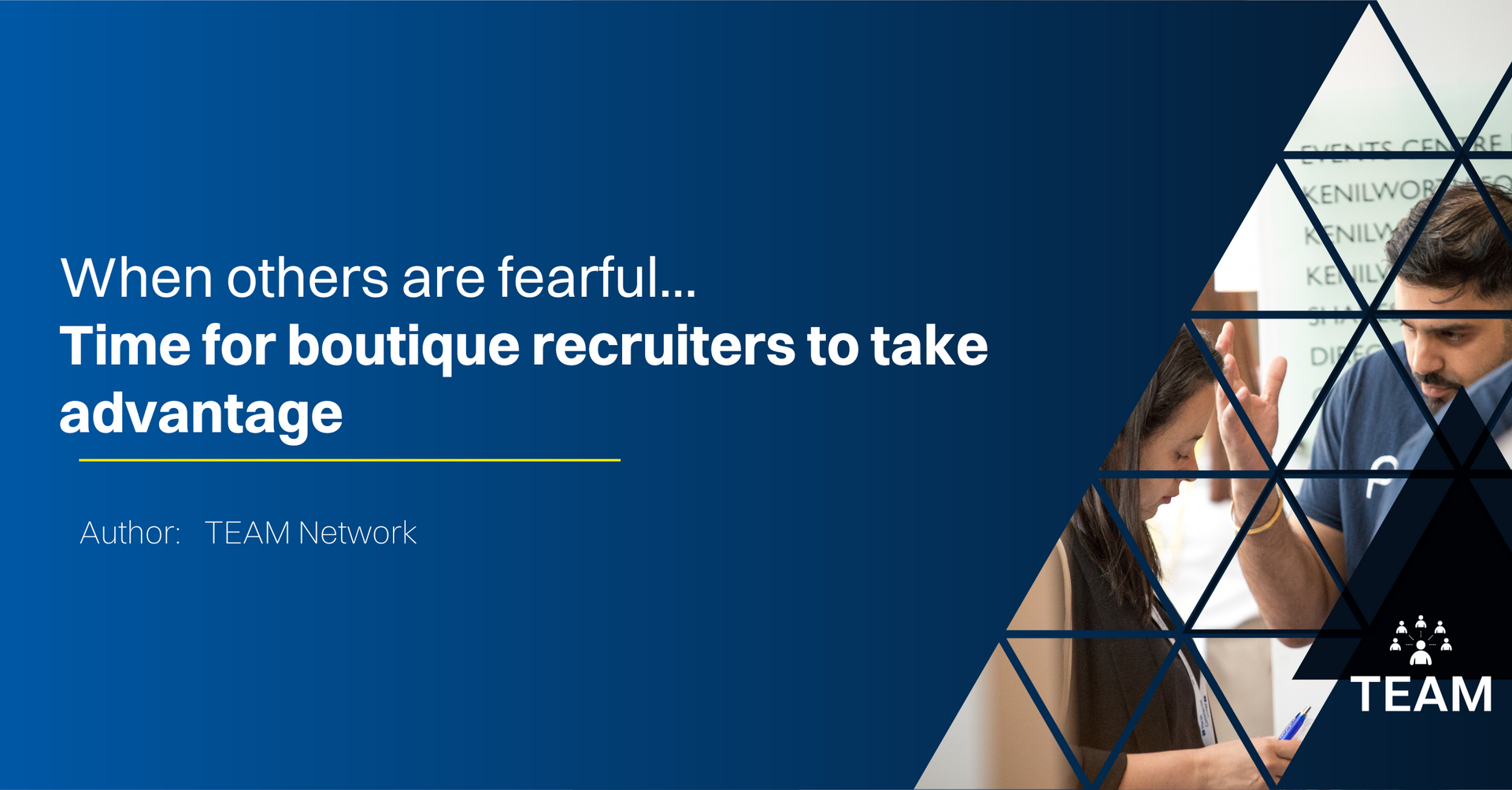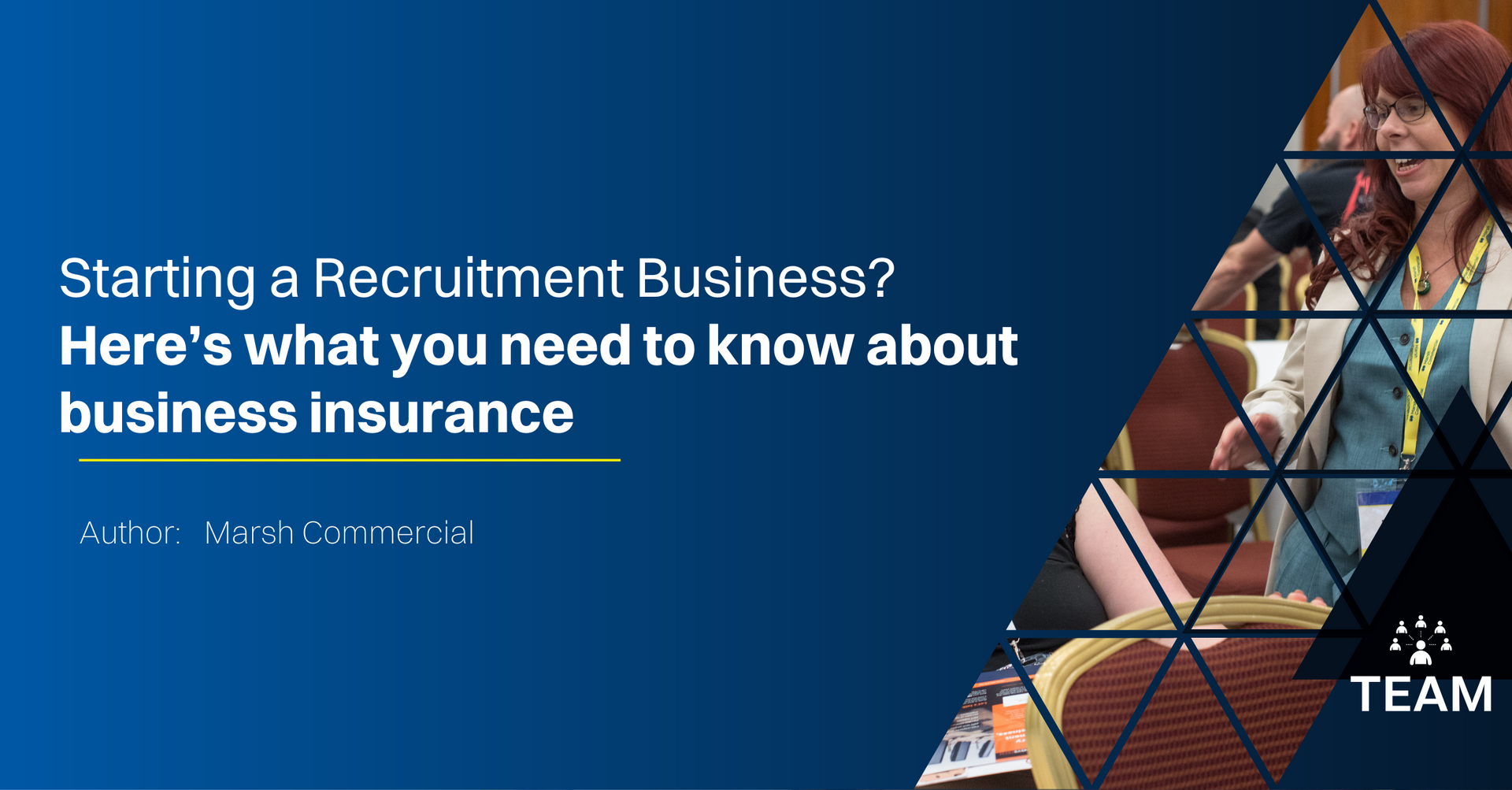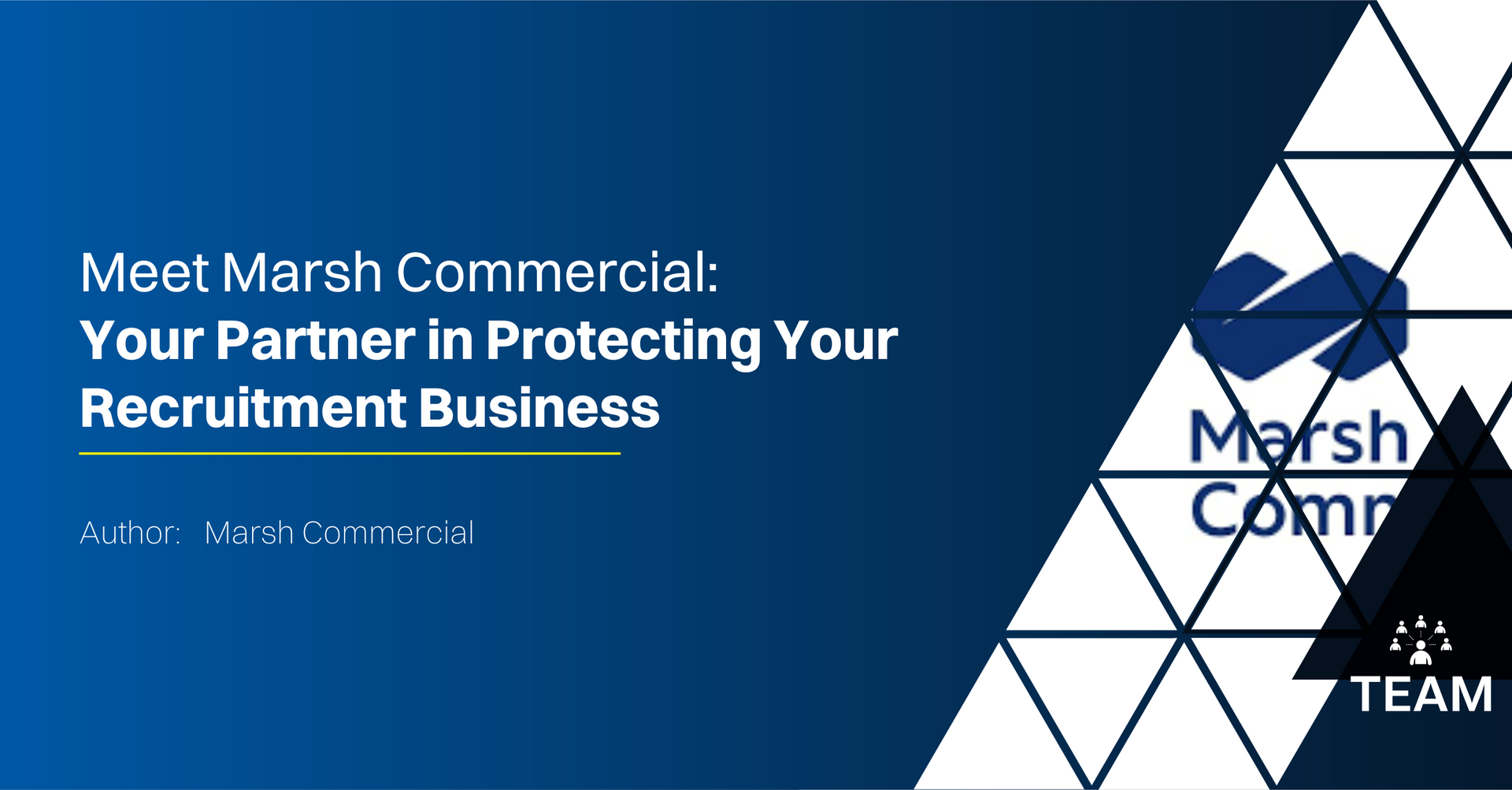As we gear up for our exciting face-to-face networking season, with over 13 events lined up in the next five weeks, it's the perfect time to fine-tune your networking strategies with these tips for success!
Whether you're an experienced networker or new to these events, these top tips will help you make the most of your time and connections:
- Don’t Stress About Having an Elevator Pitch
Don’t worry if you don’t have a polished elevator pitch. We all started as newcomers to recruitment networking and to TEAM at some point. Just come along, say hello, and let the conversations flow! - Set Clear Goals
Decide what you want to achieve at each event—whether it's meeting specific people, learning about new trends, or exploring potential collaborations. Having a focus will make your networking more purposeful. - Research Attendees
Check the event guest list from TEAM HQ or your Regional Director and identify key individuals or TEAM Partners you’d like to connect with. Knowing a bit about them beforehand can help you start more meaningful conversations. - Prepare to Share
TEAM Regional and Divisional meetings are excellent opportunities to share ideas, knowledge and practical advice on how to be the best recruiters! Some of the best tips I’ve received came from these smaller, focused meetings. Always come prepared with ideas and advice that might benefit other Members and TEAM Partners. - Be Approachable
Smile, make eye contact, and show genuine interest in others. Ask questions about their business and listen. Building relationships is about creating a two-way dialogue, not just promoting yourself. Remember, everyone in TEAM is super friendly and there for the same reason as you. - Follow Up with Your New Network Contacts
After the event, send a personalised follow-up message to the people you met, or if you’re like me, a quick 30-second Odro video to say thanks! Reference something specific from your conversation to help them remember you and reinforce your connection. - Use Social Media
Share highlights or a snippet from the event on LinkedIn. You could share what you learnt and who you met. Being visible at these events demonstrates to clients, candidates and fellow recruiters that you are actively involved in the industry, keeping up to date, and value networking and knowledge sharing. Why not take a selfie and share it on your socials? - Save Your Unique LinkedIn QR Code as Your Mobile Home Screen
Make it easy to share your LinkedIn profile by saving your unique LinkedIn QR code on your mobile home screen. This quick access makes it simple to exchange contact details and connect with new people. - Roundtable Discussions
Roundtable discussions are excellent opportunities to chat to people with similar interests or challenges and establish yourself within the TEAM Community. Ask your Regional Director or TEAM HO before the event what topics will be covered in the breakout sessions, or if you have any of your own topic suggestions you’d like. - Bring a Colleague, Partner, or a non-Member Guest.
Attending with a colleague can enhance your experience and networking, as they might connect with people you haven’t met and vice versa, broadening your reach and making the event even more valuable. Or why not reach out to your recruitment network and bring somebody along who could benefit from being a member of TEAM. If they join, you’ll receive a £200 referral reward! - 1Leverage Our WhatsApp Community
Engage with the WhatsApp community before the event. Pose questions, share your goals, or suggest meet-ups before or after. This proactive approach can help you connect with more Members and suppliers. TEAM’s WhatsApp Community includes over 23 groups and 700+ Members – if you aren't involved yet, email us at TEAM HO. - Offer and Seek Referrals
Be proactive in offering referrals to other TEAM Members or Partners who could benefit from your services. Similarly, ask for referrals or recommendations that could assist you in expanding your business. With TEAM consisting of 75% specialist recruiters, there’s always someone in the network who can help. - Don’t be late – if you can help it
Arriving early can give you a head start on networking opportunities. You’ll have more time to connect with early arrivals and make the most of the quieter moments before the event gets busier.
Networking is a vital part of growing your business and your spot in the TEAM community. By following these tips, you'll maximise your chances of making valuable connections and discovering new opportunities.
Are you joining us at your next regional event?
Find out when your next event is
here.
Looking forward to seeing you all at our upcoming events!
If you aren't a Member or Partner of TEAM yet and want to experience the TEAM network local to you, get in touch and we'd love to chat!
